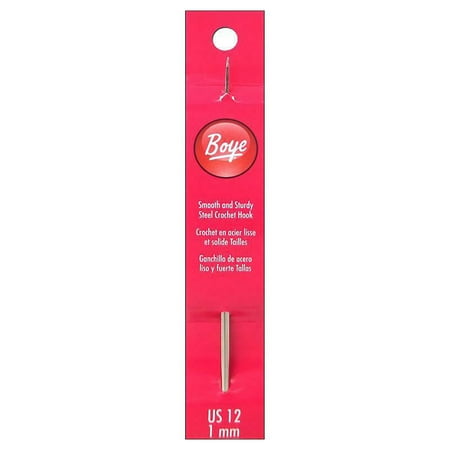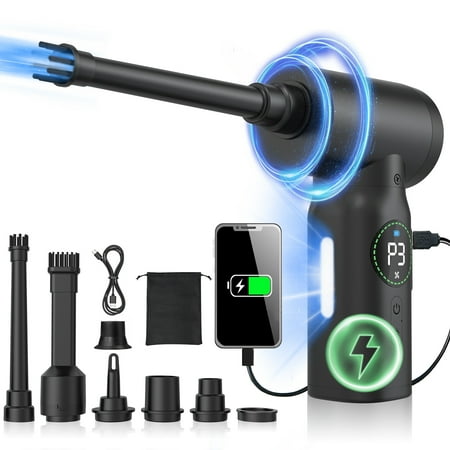
When it comes to windows and doors, we usually polish up the glass once every few months. But what about cleaning window weep holes?
These small drainage openings can quickly become clogged, leading to leaks in intense summer storms and monsoons.
Here, expert contractors reveal their top cleaning tips for weep holes and explain why frequent maintenance is essential to prevent water damage in your home.
Cleaning window weep holes
Cleaning weep holes in windows and doors should be a part of your bi-annual home maintenance tasks, but it is especially crucial when preparing your home for a thunderstorm.
Kevin Brown, heritage home renovator at The Heritage Window Company, explains, 'This is a general maintenance tip which often goes overlooked, but this quick task is essential, especially for windows and doors made from either UPVC or slimline aluminium windows.
'Weep holes are small drainage channels you find at the base of most modern windows and doors, designed to prevent drainage and water build-up. However, the winter months and long stints without cleaning can cause these to become clogged with dirt and debris, meaning the water can no longer drain properly.
'This can cause structural problems within window frames over a long period,’ Kevin warns. This can result in swelling, mold, and even cracked glass if left unchecked.
Whilst the build up comes in winter, it's often heavy summer downpours that catch homeowners out.
How to clean weep holes properly

Whether you're tackling weep holes when cleaning your windows or preparing your house for hurricane season, the task itself is simple.
Bar Zakheim, contractor and CEO of Better Place Design and Build, begins, ‘For most weep holes, a small bottle brush [or straw brush, from Walmart] is the best tool for the job. Something you'd use to wash a reusable straw works great. Toothpicks [also available at Walmart] or even twigs can also do the job in a pinch.
‘Your goal here is simply to get any debris out of the weep holes by scraping away what's there. Avoid adding more water,’ he adds. ‘Weep holes are one of the many things you should never clean with a pressure washer.’
This is not a task you have to do too frequently, either.
Rather, you can do it now ahead of summer showers, and add it to your annual spring home maintenance checklist for a head start, says Andre Kazimierski, co-owner and president at HomeHero Roofing. ‘Luckily, weep holes shouldn’t need to be cleaned more than once or twice a year.'
Getting ahead of rainy seasons will help, so add this to your home maintenance calendar.
What to shop

With bendable metal cores, these small straw cleaning brushes are perfect for reaching into awkward corners and weep holes to remove debris.

A small crochet hook can be prefect for week holes, helping to hook around awkward or compact debris and fish it out.

Compressed air can help to blow stuck debris and dirt out of awkward gaps where toothpicks and brushes cannot fish it out.
FAQs
Should weep holes in windows be covered?
You should never cover weep holes in windows or doors, as it can cause water damage, rust, and corrosion, reducing the lifespan of your window/door, the surrounding walls, and any carpentry (including sills and shutters).
As such, they are one of the places you shouldn’t caulk around windows to avoid damage.
How do you prevent weep holes from clogging?
It can be difficult to prevent weep holes from clogging, so regular maintenance and cleaning are essential, removing debris as you spot it to prevent a serious buildup that could result in structural damage or a leak during sudden rainy downpours in the summer.
Meet the experts
Neglecting your window and door weep holes is not the only bad habit that increases the risk of mold in your home. Poor ventilation, clutter, and not checking for other leaks can also result in otherwise avoidable structural damage around your property.







